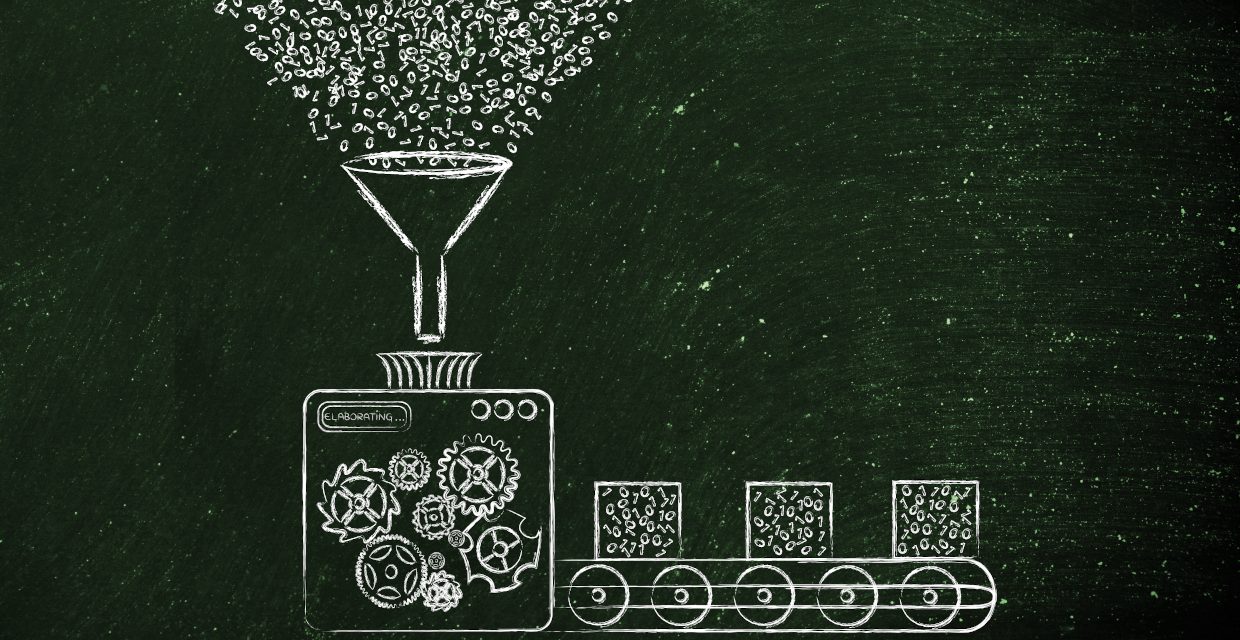By Pam McDonald, Senior Living Foresight Podcast Producer and Co-Host
Recently I interviewed Lynn Madderra, VP of Operations for Continuum CRM, a customer relationship management platform (and Senior Living Foresight partner). An innovation in their system allows it to integrate with a variety of marketing automation software, including HubSpot. Lynn discusses the immediate and long-term benefits of these software programs that “talk” with each other. Below is Part 1 of a two-part article presenting important takeaways from the episode. Listen to the full interview here.
In this industry, you maintain these long-running relationships with folks who are trying to make a really important decision [that] could take them years to make. So, the life cycle is very important to track for each prospect, so we understand where each is, not only in our sales process, but their process. So, the term “buyer’s journey” comes out a lot these days.
As sales teams or organizations, we need to understand where our prospects are so we can respond to them accordingly, be respectful to what they’re looking for, as well as considerate of our own time. Our buyers or prospects . . . want real personalized interactions, not just canned spam, mass communications. We need to be able to nurture these prospects in a way that they want to be nurtured.
Popular Automated Marketing Platforms
In senior living, some of the more common [automated digital marketing platforms] are Hubspot, Act On, Mail Chimp, Get Response, and then [ones] more corporate, like a Marketo. There are literally dozens and dozens of these products.
One of the better sites to go and evaluate software is the G2 Crowd platform. They use the quadrant evaluation of software, but it’s based on customer reviews, not just a corporate-to-corporate interview. So that site will really break down the features and benefits and who’s a leader and who’s an innovator. It’s a great place to evaluate where you might fall in that functional space.
What Marketing Automation Can Do
The first thing that comes to everyone’s mind is automating your email or any kind of repetitive tasks. But, if we really want to leverage what marketing automation can provide to us, it becomes more of an ability to personalize, not just automate, the communications that are going out. And that can be email, but it also could be driving them back to your website to download some digital content. And understanding what paths they’re choosing.
So, in marketing automation, we can create these workflows, these “if-then” scenarios. It becomes a great way to tailor the communication and education experience for each prospect. And, it’s not a mass communication any longer. Obviously, there’s efficiency gains for our marketers because [they’re] not evaluating each person manually and trying to decide what to send to them. Common paths are predefined.
Introducing Tech into the Community
This is not for just CRM or marketing automation, [but] any software. We can’t just put the software in place and expect it to solve all our problems or give us all the benefits that we’ve talked about. It really requires the strategy upfront to think about what are our priorities, how are we going to leverage it?
Keep it simple, focus on those priorities, implement, train, continue to use it. You know, any piece of software that you put in place, if you just let it sit, eventually it becomes dysfunctional or loses its value. So, you still have to create your messages, your communications path, and your strategy.
Achieving Intelligent Automation
One of the best ways to get [the buyer’s path] right is the feedback from the CRM. Because once they have gone past that initial lead generation and nurturing process, they’ve moved into the sales area and they’re going through that buyer’s journey. We need that information back into the marketing automation platform.
What we’re really trying to achieve is intelligent automation, which is not just a one-way push of the leads into the CRM. That’s typical, we have to have that, right? That’s what everybody should expect. But what we really want to do is send back the information from the CRM into the marketing automation platform. Did that lead progress to be on our waitlist, or make a deposit? Did they move in?
Real Time, Synchronized Sharing of Information
And, I want to be able to trigger appropriate nurturing to them at all stages from the automation platform. And I can only do that if I know how the prospect is progressing. If you don’t have that bi-directional, intelligent synchronization, then it just falls short. Or you’re going to spend an inordinate amount of time trying to synchronize, so you have these beneficial communications.
With Continuum CRM, we have an open API and Hubspot, for example, has an API.
So, we’re able to real-time transmit information between the two systems as events occur. So, a prospect downloads a piece of content or fills out a “schedule a tour” form on your website. That will automatically go into Continuum’s database, [which will] schedule up tasks for the sales counselors, send out notifications, and replies.
As the sales counselor does their normal daily activities and they enter that into Continuum, then it just automatically is sent back via this programming interface. So, it’s a live transmittal of event information.
[Slightly edited for readability and style.]
You can read Part 2 HERE.








